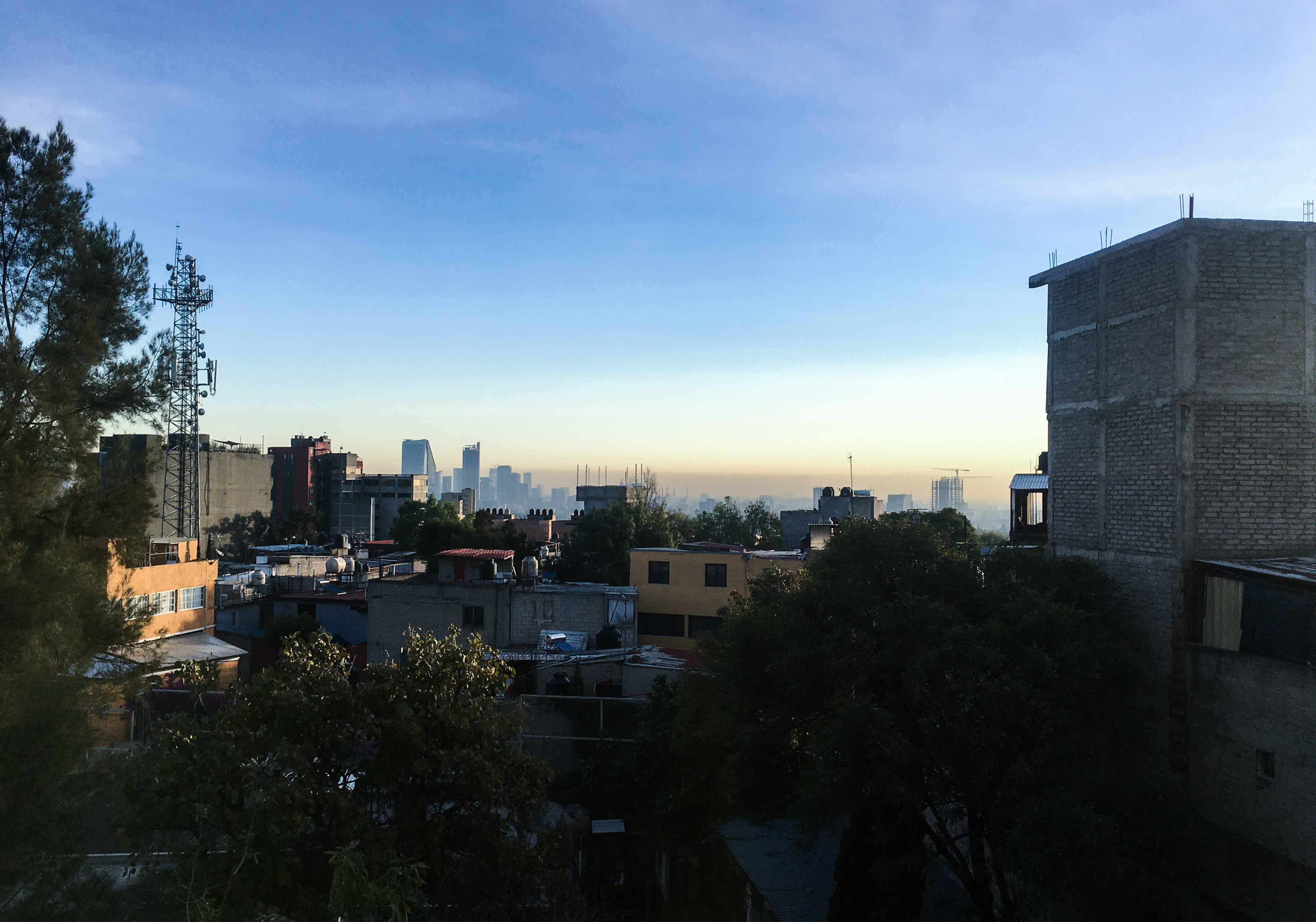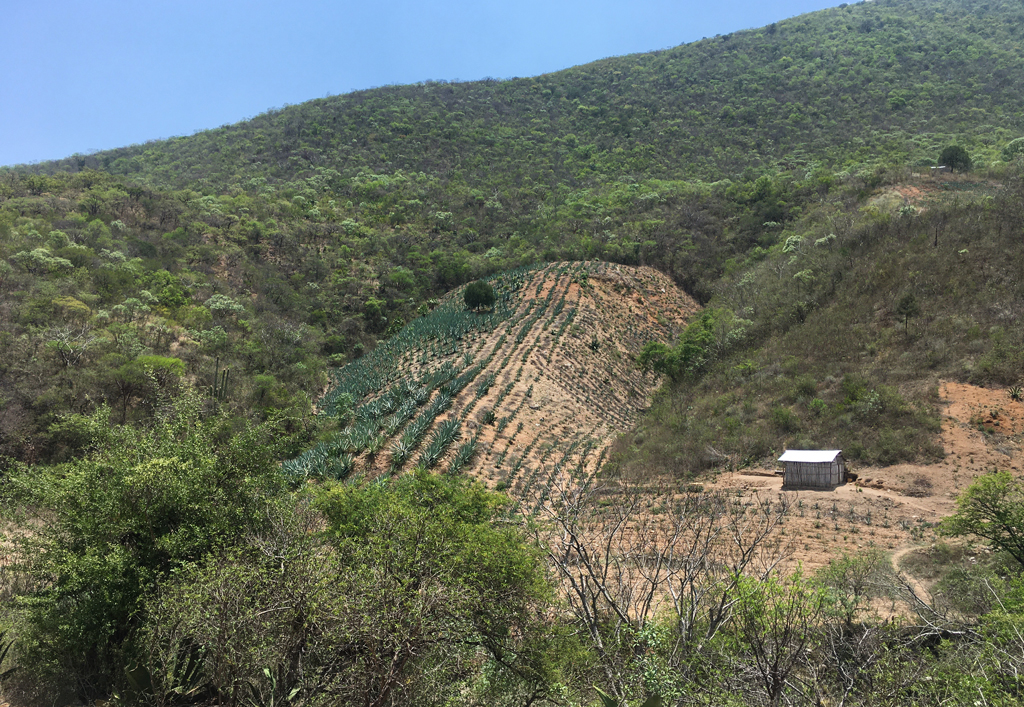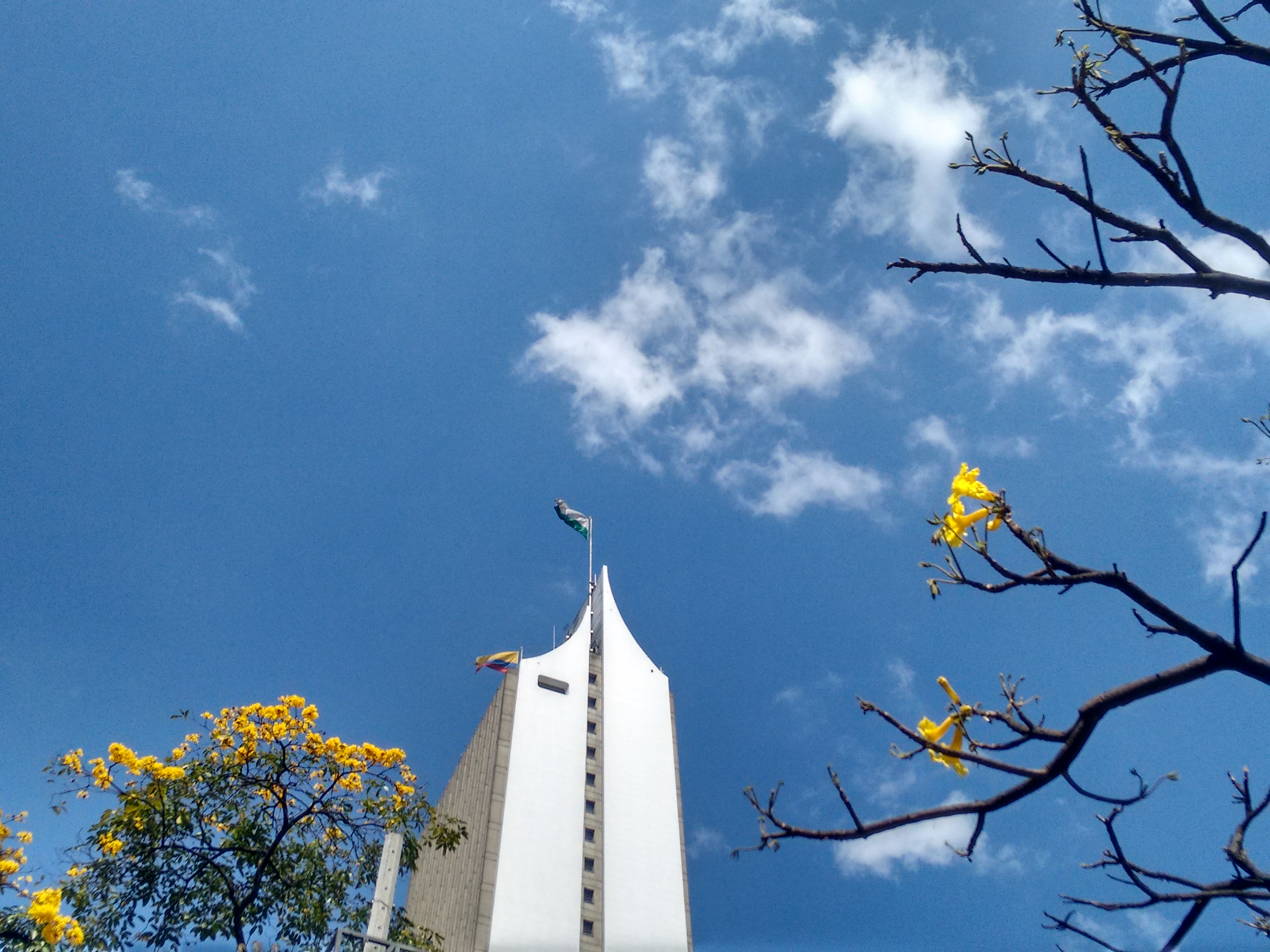Between More of Us / Blog
Invasive species
Concerns about the migration of animals, plants, fungi, viruses and bacteria have followed paths of colonial control parallel to those built around the transit of people from the south to the North-West. It has little to do with caring for the endemic populations of a territory and much to do with controlling the economic interests of certain groups in power.
Climate Justice, Displacement, DispossessionThey migrate in search of more suitable niches for their reproduction, due to the degradation of their ecosystems, climate change, territorial dispossession, violence or direct human intervention by moving them to other environments as commodities.
When we speak of invasive or alien species, we are referring to those that develop outside their “natural” distribution areas and that, due to their abundance, represent a threat to the diversity of ecosystems. We probably think of different cases in the places where we live, but can we simply assume that “native” is good and alien is bad?1 The idea that a species is “natural” to a specific ecosystem ignores previous migration processes—we can associate this assumption with the border imaginary of nation-states. On the other hand, the fact that a species is harmful in an ecosystem is often related to the fact that the ecosystem is degraded by previous—usually human—intervention, or that it lacks the diversity and complexity to support it, as in island ecosystems. It always depends on each context and its systemic relationships. There is no “natural” state of ecosystems, as they are constantly changing. Similarly, there is no pristine nature that develops free of human intervention. Human intervention is key to the food chain of ecosystems on Earth.
However, to get away from the human centered essentialism that separates good from bad, and to escape the relativisation of the problem or its mere denial, we should ask ourselves what kind of intervention we are talking about and what kind of nature it produces. If it is, as we suggested earlier, an intervention governed by the accumulation interests of transnational capital, we are talking about one that implies a material and symbolic reduction, a way of organising relations between humans and the web of life on the planet.2 Capitalism, as Jason Moore and Raj Patel have argued, exists only across borders. Borders are essential for expanding processes of accumulation through the transformation of socio-ecological relations to produce commodities and services.
Borders are the sites where power is exercised, where states and corporations use violence, culture and knowledge to mobilise nature at low cost. It is the cheapness of raw materials and labour power that makes borders so important for the mercantilist expansion of capital, its only possibility of subsistence.3 Capitalism is extractive by definition.
A crisis of forced displacement and immobility
Forced migration of people has increased significantly over the last two decades due to deforestation, climate change, the expansion of the extractive frontier and the effects of authoritarian regimes. In Latin America and the Caribbean, this has led to the displacement of hundreds of thousands of people travelling north across the continent. What the narratives of the North-West claim to be a border crisis is, as Harsha Walia has argued, a crisis of displacement and immobility that impedes the right to remain as well as the right to migrate.4 Border control is applied selectively: goods transit freely, legally or illegally, while people, animals or plants that are not subject to their commodification do not. Thus, for example, the transit of weapons from the US to the southern countries of the continent flows as smoothly as other goods or extracted raw materials. Nevertheless, people forced into displacement are subjected to violence comparable to or worse than that from which they are trying to escape.
The same instrumental gaze defines what is an invasive species or an illegal immigrant. The exploitative relationship in this construction links both approaches closely as they are key agents in symbolically and materially producing borderlines and capitalising on them through the cheapening and externalisation of gains and harms.
At least since the 16th century, the instrumental European gaze has produced a notion of environmental conservation that primarily seeks to secure energy, land and mineral resource reserves for later exploitation. This gaze, marked by a binary of nature and culture, claims that people are inherently harmful to nature and must be removed from it. This has been particularly used as an argument to displace peoples from their ancestral territories under the pretext of conservation. Thus, for example, the National Park programmes created in the USA with the founding of Yellowstone National Park on traditional Shoshone and Bannock territory in 1872; the more than 6000 Batwa inhabitants of the Congo Basin displaced during the Mobutu dictatorship; the Benetton family’s neo-colonial enclave in Argentinean Patagonia on 900,000 hectares that historically belonged to the Mapuche people, claiming land back; or countless infrastructure megaprojects that modify territories and ways of life in the Global South for the benefit of external agents and expel peoples from their vital spaces and relations.
Notions of private property and territorial frontiers produce particular forms of nature by overexploiting ecosystems, confining and restricting transit or permanence for people and other species. Another articulation of this approach is agribusiness, which has developed a host of chemical agents to control wild vegetation or “weeds”.5 The relationship between pesticides and genetically modified organisms (GMOs) seeks to leave only one species on land: the one that is most profitable, eliminating all soil life.
In the context of the migration crisis accelerated by climate change and the expansion of the extractive frontier, the fragmentation of territorial conflict seems to take on other meanings. In the early 20th century, an apparently foreign fungus spread in North American forests, taking up residence in endemic chestnut trees (Castanea dentata), which are abundant on the East Coast and economically important for their fruit and timber. The fungus has undermined the production of wild chestnuts ever since, but the United States Department of Agriculture (USDA) now has a project to release genetically modified chestnut trees resistant to the fungus into the forests. Beyond the controversy over the limited research on the long-term effects of genetically modified trees and the consequences of releasing them into forests, there is the spectre of patent exploitation rights that has ruled the politics of companies like Bayer-Monsanto over GM maize, soja or wheat and led them to sue farmers whose crops were accidentally pollinated by GMOs. If the boundaries in crop fields seem clearer, the spread of GMOs in wild environments threatens to extend a potential colonial frontier. This threat adds to the already violent practices of territorial and patent securitisation that pharmaceutical companies in complicity with the state have exercised for years over the human and non-human for economic purposes—and which continues to expand.
But then, if what makes a species invasive are the degraded conditions of the ecosystem in which it is housed, aren’t corporations, in the first place, generating degraded spaces that make it easier for a species to become invasive?, and, secondly, aren’t these genetically modified species and those who produce them and secure their intellectual property rights, the ones we should consider as invaders? Those who take advantage of ecosystems that their own practices have previously degraded.
Walia points out that hegemonic narratives of the “global migration crisis” portray migrants as threats without even alluding to the crisis of dispossession, deprivation and forced displacement.6 The fragmentation of the processes of expanding the extractive frontier through the release of GMOs into wild environments, coupled with the accelerating processes of dispossession that “clean energy” has set in motion, accentuate the violent boundary state of not being able to stay and not being able to migrate in environments degraded for the benefit of corporate interests.





